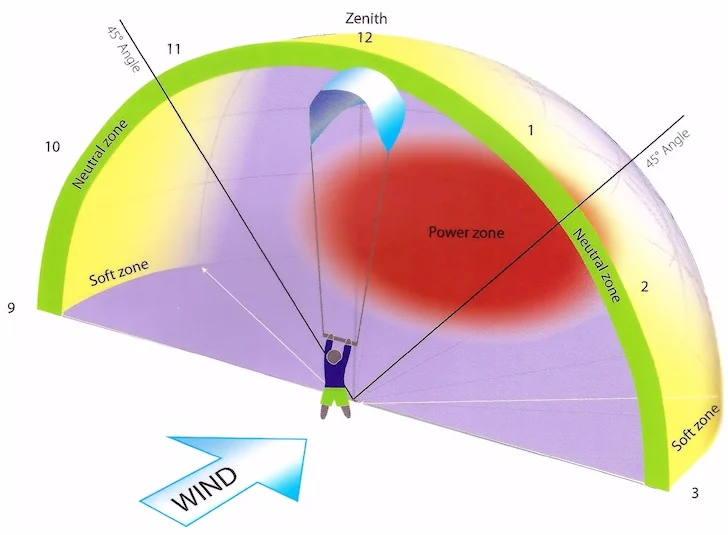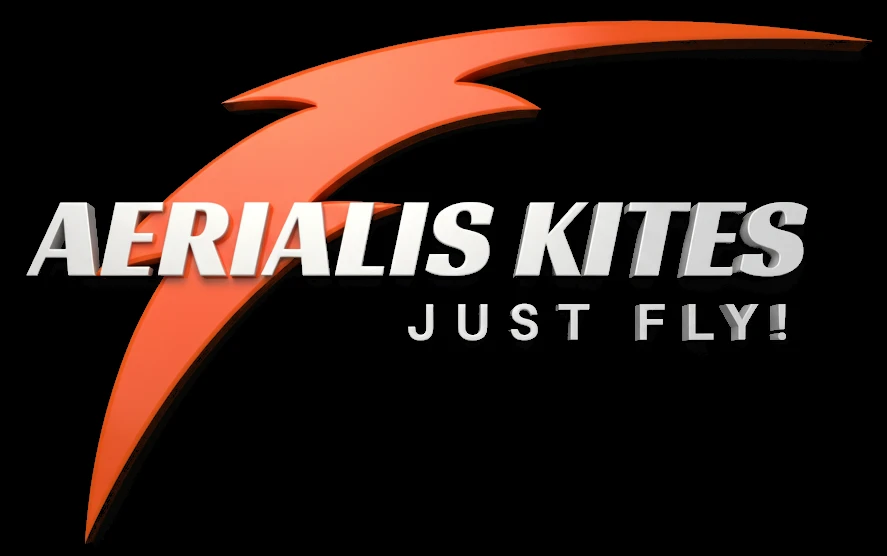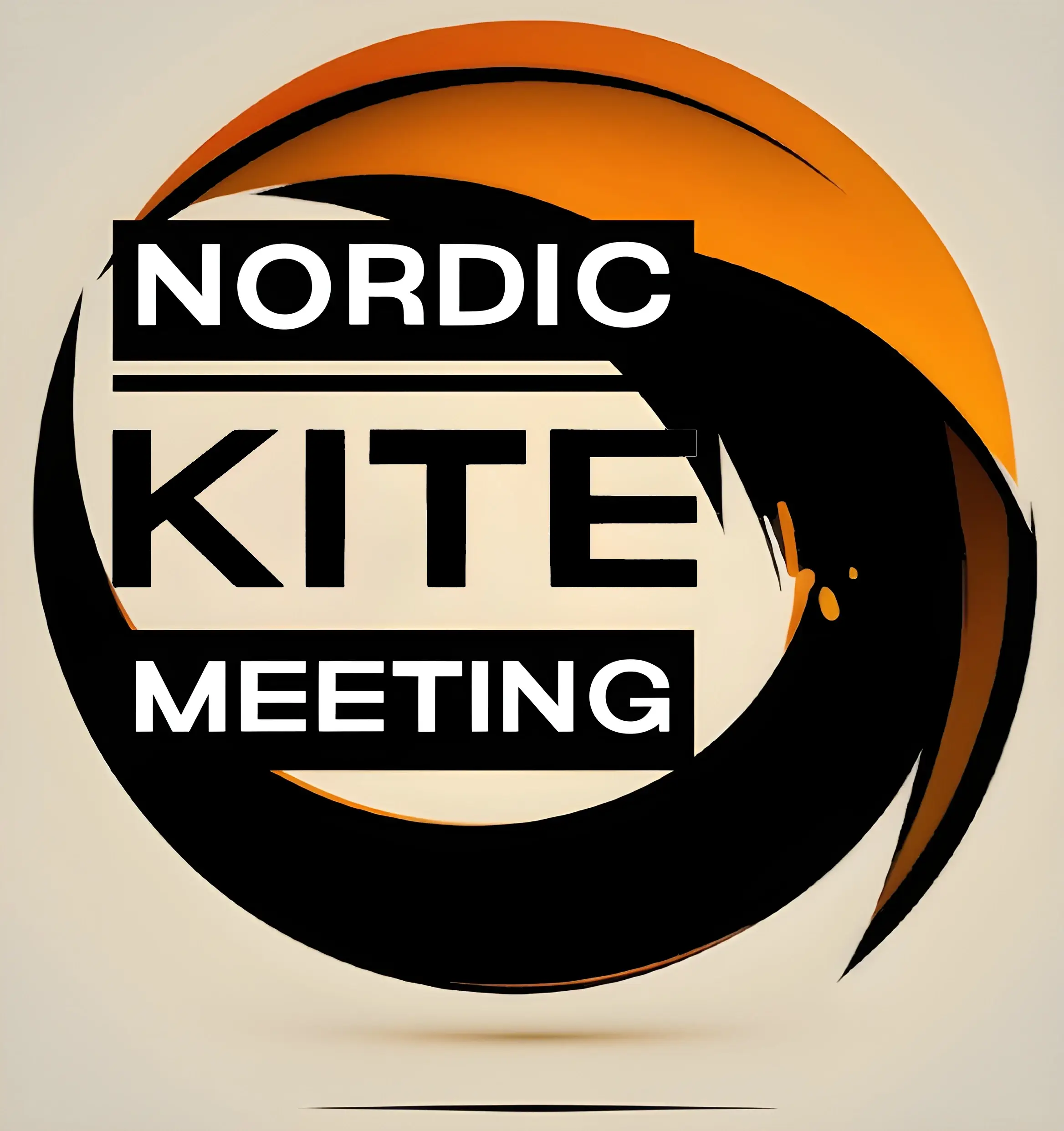A dual-line sport kite flyer should understand the concept of the “wind window,” which refers to the area in the sky where the kite can fly, shaped like a quarter-sphere extending in front of the flyer. Here’s how the kite’s position in the wind window affects its behavior:

- Center of the Wind Window (Power Zone):
- The center of the wind window, directly in front of you, is where the kite generates the most power and speed. This is because the wind hits the kite head-on here, providing maximum lift and pulling force.
- The kite flies fastest and can pull hardest in this area, so it’s where you can execute high-speed tricks but also where you need to be most cautious of strong winds.
- Edges of the Wind Window:
- As the kite moves toward the edges (left or right, or high above your head), the wind hits it at an angle, reducing its speed and pull.
- Near the edges, the kite becomes more stable and slower, making it a good spot to perform precise tricks or recover control.
- Top (zenith) of the Wind Window:
- At the top, the kite loses some pull but remains stable. This is a neutral zone where you can park the kite or hover.
- In strong winds, it’s often the safest place to steer your kite to avoid overpowering.
- Bottom of the Wind Window:
- The kite tends to have little pull here and may lose speed. You’ll need to manage line tension carefully to prevent stalling, but it’s a good area for soft landings.
- Speed and Responsiveness:
- The kite is most responsive in the middle of the wind window, where it turns quickly and reacts sharply to inputs. As it moves to the edges, it becomes slower and less reactive, making movements smoother but less dynamic.
Understanding the wind window and how the kite behaves at various positions helps in controlling the kite efficiently and executing stunts or maneuvers with precision.
When the wind speed changes
The size and dynamics of the wind window change significantly with wind speed. Here’s how different wind speeds affect the wind window for a dual-line sport kite:
- Higher Wind Speeds:
- Larger Wind Window: In stronger winds, the wind window expands. This happens because the increased wind force allows the kite to fly further to the edges and higher in the sky while still maintaining tension and control.
- Increased Power: The kite generates more power, especially in the center of the wind window (power zone). This means the kite will fly faster and pull harder, making it more responsive but also more challenging to control.
- More Drag at the Edges: Even at the edges or top of the wind window, the kite will still generate considerable pull due to the stronger wind, though it will be less than in the center.
- Quicker Response: Turns, loops, and tricks happen faster in stronger winds, as the kite moves more quickly through the wind window.
- Lower Wind Speeds:
- Smaller Wind Window: In lighter winds, the wind window shrinks. The kite may not be able to reach the full edges or as high in the sky because the wind force is weaker, limiting the kite’s ability to maintain tension and control at wider angles.
- Reduced Power: The kite generates less power, making it slower and less responsive, especially in the center of the wind window.
- More Stalling: At the edges or the top of the wind window, the kite may lose momentum and stall more easily. This requires more active input from the flyer to keep the kite flying smoothly.
- Smoother Movements: While less powerful, light winds allow for smoother and more controlled movements, making it easier to practice precision flying and tricks that don’t rely on speed.
- Extreme Wind Conditions:
- Very Strong Winds: In extreme wind conditions, the wind window becomes very large and the kite generates so much power that it can become difficult or unsafe to control. Flyers might experience the kite pulling with great force, requiring more physical strength to manage.
- Very Light Winds: In extremely light winds, the wind window becomes very small, and the kite may struggle to stay in the air. Flying in this condition requires more technique, such as constant movement or “pumping” the kite to generate enough lift.
Understanding how wind speed affects the wind window helps kite flyers adjust their technique and gear (e.g., choosing the right kite for the wind strength) to maintain optimal control.
When the wind changes its direction
When the wind direction changes, the wind window shifts accordingly, altering where the kite can fly and how you need to position yourself for control. Here’s how:
- Wind Direction Shift (Left or Right):
- Shift in the Wind Window: If the wind shifts to the left or right, the entire wind window moves in the direction of the wind shift. For example, if the wind starts coming more from the left, the wind window shifts to the left. The center of the wind window (power zone) will no longer be directly in front of you but will move left.
- Repositioning: To compensate, you need to reorient yourself so that you are once again facing directly into the new wind direction. This restores the kite’s wind window to its usual position in relation to you.
- Edge Redefined: The new upwind side (closer to the direction the wind is coming from) becomes the new edge of the wind window, where the kite will fly with less power.
- Wind Direction Shift (Toward or Away from You):
- Toward You (Onshore): If the wind starts coming more toward you (onshore wind), the wind window may shrink vertically. The kite will fly lower and be closer to you, making it more difficult to keep it high in the sky. You may also feel more pull as the kite flies closer to the ground, where the wind is stronger and more turbulent.
- Away from You (Offshore): If the wind shifts to blow away from you (offshore wind), the wind window may expand upward, giving the kite more height to reach. However, this can also make the kite harder to control as it flies higher and further away, reducing responsiveness.
- Wind Coming at an Angle:
- If the wind comes from an angle (not directly in front of you), the wind window is skewed. The power zone will be offset from directly in front of you, and the kite might feel uneven in terms of pull. To regain control and balance, you would need to adjust your body position and kite flying angle to face the new wind direction properly.
- Turbulence in Changing Wind:
- When the wind direction changes frequently or is gusty, the wind window can fluctuate, making it difficult to maintain consistent control of the kite. The kite might suddenly lose power or become overpowered depending on how the wind shifts.
Key Adaptations:
- Reposition Yourself: Always aim to face into the wind to keep the wind window centered in front of you.
- Monitor Shifts: Be aware of subtle wind shifts and adjust your stance and kite inputs accordingly to maintain control.
- Balance and Stability: When the wind is inconsistent, adjust your kite control to compensate for sudden shifts in power.
Understanding how the wind window moves with changing wind directions allows you to anticipate how the kite will behave and adjust your position for optimal flight.




